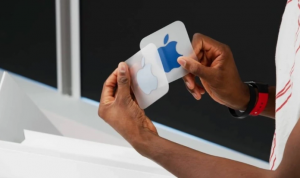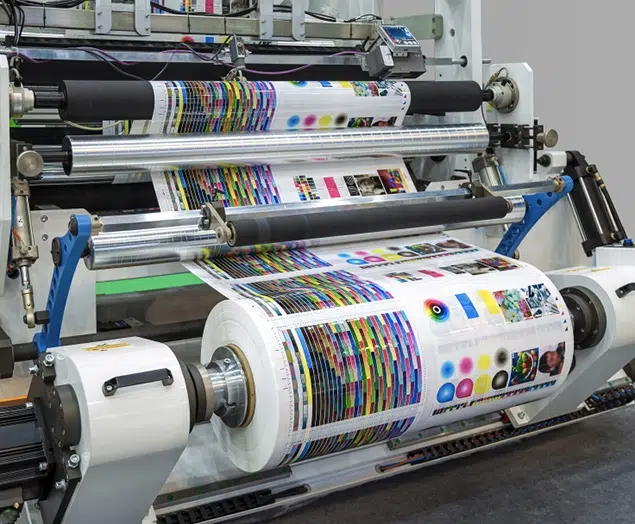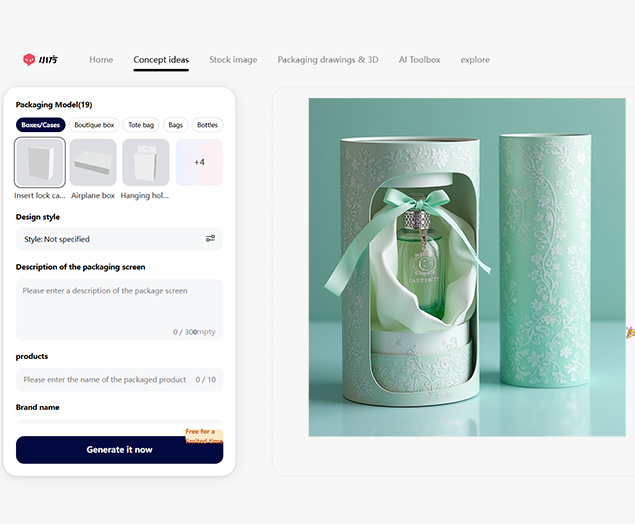Why Do Apple Products Always Have Stickers In Their Packaging?
How the customer opens the box is usually the last thing that traditional product designers consider. But for Apple, the low cost box is as noteworthy as the high-profit electronic devices inside. In order to make users feel happy, Apple’s electronic box packaging design has also been upgraded for decades. Interestingly, it has become the tradition of this technology company to distribute Apple Logo stickers in the packaging, which has lasted since the release of Apple II computers in 1977. Why does a small sticker become a fixed role in Apple’s product packaging for many years, and why does Apple do so?

Start with Apple Color Logo
It has always been Apple’s tradition to provide stickers in the packaging, but the stickers themselves have changed. They are closely related to the changes in the Apple logo. From the color logo to the white Apple logo stickers today, they are an entity continuation of the Apple logo. The first Apple stickers can be traced back to 1977, when Apple launched its colorful logo. At that time, Jobs and his team members were planning the release of Apple II.
As a rising new technology company, the sale of this computer is crucial. Apple has invested a lot of resources in this product. Its shell uses a simple beige plastic shell, which can easily integrate into the home environment like a household appliance.
The Apple II has excellent scalability. The top cover shell can be easily opened so that people can adjust the internal hardware of the machine for transformation. At the same time, it is also one of the earliest computers supporting color display in history.
In order to fully display the characteristics of Apple II to promote sales, Jobs thought it was necessary to adjust the logo printed on the computer. The original hand-painted logo paid tribute to the story of Newton being hit by Apple, but the painting content was too complex for people to remember, so it was difficult to leave a deep impression.
Apple’s early logo
Finally, Jobs found Regis McKenna Advertising Company, whose art director Rob Janoff designed the new logo.
Many years later, Rob Janoff told this interesting historical story in an interview. Jobs left him the most straightforward request: “Don’t design a cute Logo.” Rob Janoff gave the answer that there are two apple-shaped icons, one is not bitten, and the other is bitten.
Jobs chose the one who was bitten and designated to draw with color stripes, which can maximize the display of Apple II’s color display features. Finally, the color logo was not only pasted on the computer but also became a part of Apple II’s packaging.
The seventies and eighties of the last century were also the peak period of sticker culture. Stickers were common fashion items for both children and young people or used to express themselves or come from their love for the collection. Therefore, many businesses were also keen to attach their own logos to their products as stickers to increase the company’s exposure.
In addition to Apple, Thundersnake has also attached cool logo stickers to its computer peripherals and other products. On the other hand, the lively and interesting colorful striped logo sticker is also regarded as a way for Apple to show its kindness to teenagers so that Apple II can enter schools and become a good tool for students.
In fact, Apple II did. It not only entered schools but also became one of the standard computers used in the American education system in the 1980s and 1990s.
With the development of Apple, the colorful striped Logo has been extended to more meanings by people, such as paying tribute to Alan Turing, the father of computer science and artificial intelligence, or expressing respect to LGBT people. In fact, Rob Janoff did not have similar ideas when designing.
At first, as a promotional product, stickers increased publicity exposure for Apple and Apple II. With the continuous improvement of the company’s concept, logo-shaped stickers became one of the physical carriers of its concept. People use stickers in product packaging, not only to collect stickers but also to recognize the company’s products and concepts.
In fact, the cost of retaining stickers in the packaging is not high, but Apple can use this to strengthen contact with users and output brand ideas. Why not.
Stickers, a pre Internet expression pack
Since Apple changed the company’s logo to a solid color, the sticker in the product package has quickly changed to the white logo sticker we now commonly see. On the contrary, the color Apple sticker has become a collection circulating among Apple product enthusiasts.
Apple did not adjust until recent years. Although they are all solid color logo stickers, they are more and more closely related to the products. For example, the 14 inch MacBook Pro in dark space gray is packaged with black stickers, while the iMac packaging for M1 chips is packaged with stickers that match the color of the machine.
You may not collect 7 dragon beads, but there are still opportunities for 7 colors of apple stickers, but you can’t summon the Dragon.
Alessandra De Benedetti, co-founder of the creative group Wallplay, mentioned in the documentary:
Stickers open a collective consciousness similar to the definition of Internet culture. Like viruses, they circulate everywhere and are placed in a specific context by social identity recipients.
Like an expression pack in the Internet era, stickers are rich and changeable and can spread quickly. People with the same stickers will be quickly identified as “like”. The premise for both of us to use Apple stickers is to buy Apple products, or even identify with Apple products. We have a certain understanding of Apple culture. Stickers have become a link between Apple product lovers.
Apple’s tradition of distributing stickers in product packaging may last for decades.


Top 10 Creative Cosmetic Packaging Design Ideas & illustrations 2023 | Luxury-Paper-Box.Com

Best Chocolate Packaging Designs of 2025

Perfume Packaging Design Trends 2025

Best Chocolate Packaging Designs of 2025

Natural Concept Perfume Design Ideas: Tell Your Brand Story

Perfume Packaging Design Trends 2025



 kali@luxury-paper-box.com
kali@luxury-paper-box.com



